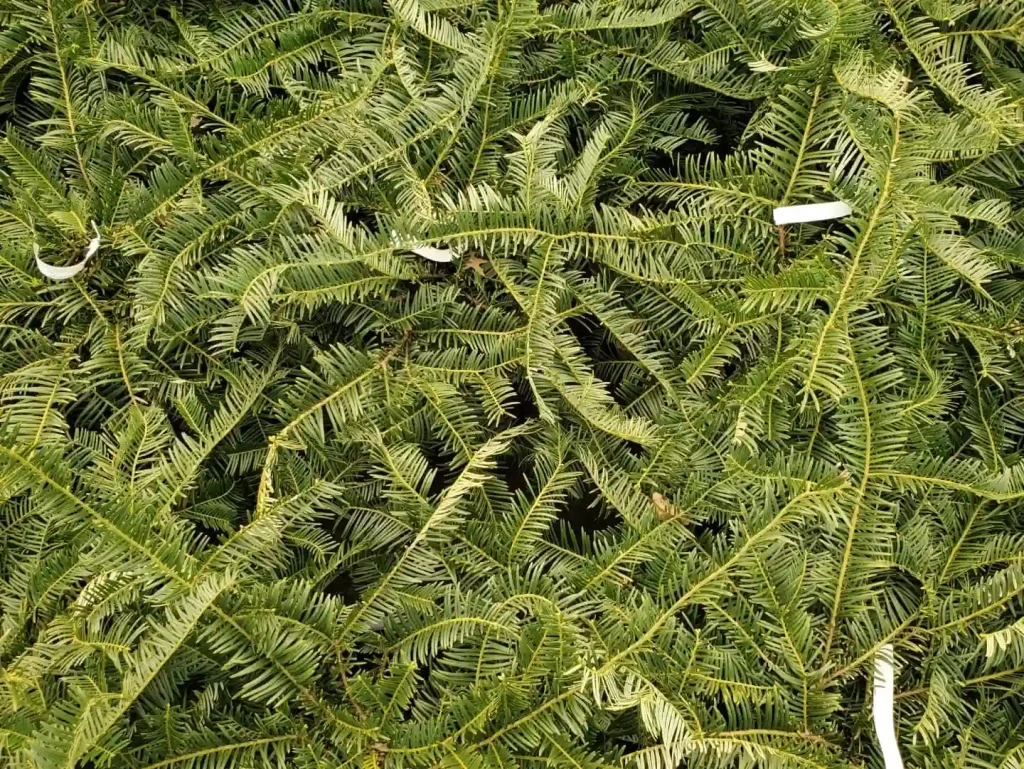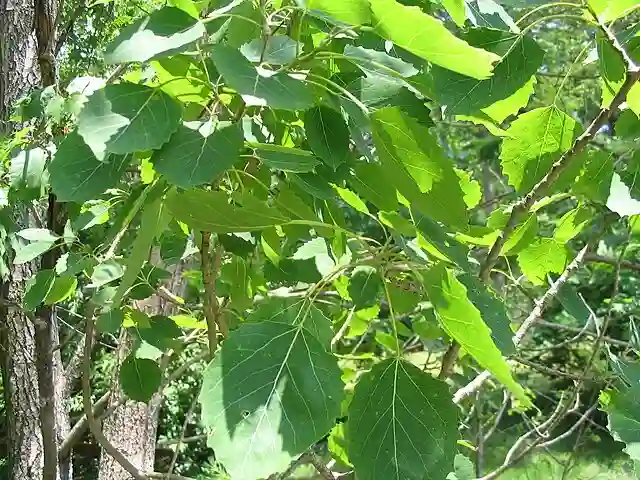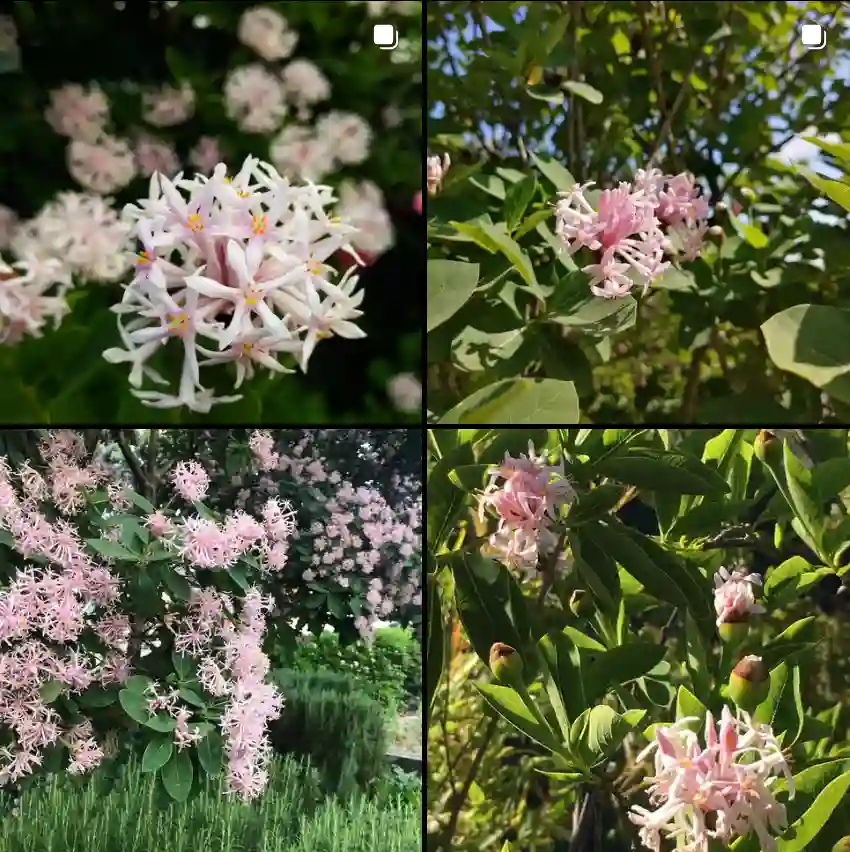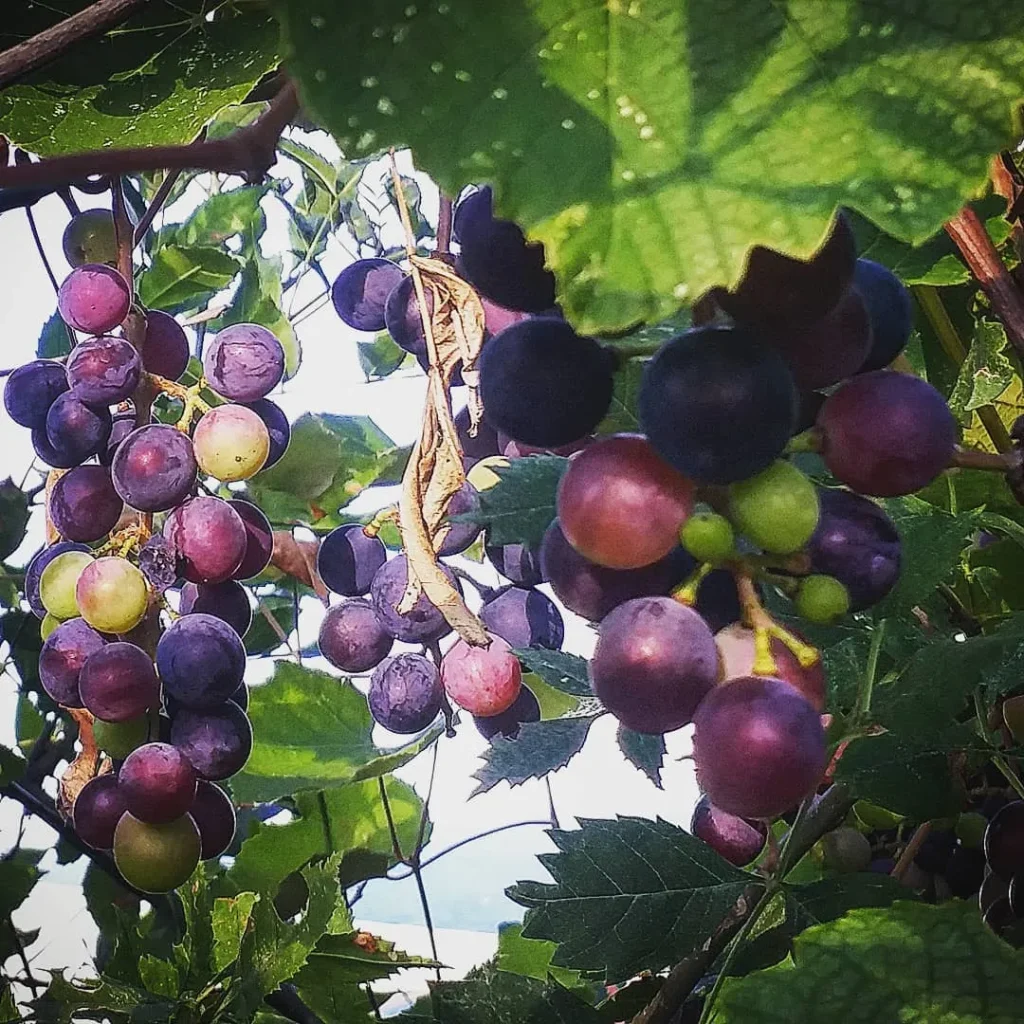FAQs About Ambrosia Trifida
As someone who has spent a fair amount of time researching and working with various plants, I’ve come across Ambrosia Trifida, commonly known as Giant Ragweed. This plant often raises questions among gardeners and those affected by allergies. In this article, I’ll address some frequently asked questions about Ambrosia Trifida, covering its growth, effects on health, and more.
49 Species in Genus Ambrosia
What Is Ambrosia Trifida?
Ambrosia Trifida, or Giant Ragweed, is a robust and invasive plant native to North America. It’s known for its tall growth, often reaching heights of up to 15 feet. This plant has large, serrated leaves and produces dense clusters of small, greenish flowers. Although it can be quite impressive in size, it’s often considered a nuisance in agricultural and garden settings due to its invasive nature.
Can Ambrosia Trifida Self Pollinate?
Ambrosia Trifida is primarily an outcrossing plant, meaning it generally relies on cross-pollination rather than self-pollination. Its flowers are wind-pollinated, which facilitates the spread of its pollen over considerable distances. While self-pollination can occur under certain conditions, it is not the primary method for this plant’s reproduction. If you have Ambrosia Trifida in your garden, you’ll likely see pollen drifting around, which can be a concern for those with allergies.
Does Ambrosia Trifida Cause Hayfever?
Yes, Ambrosia Trifida can contribute to hayfever, also known as allergic rhinitis. The plant produces a significant amount of pollen, which can be airborne and cause allergic reactions in sensitive individuals. Symptoms of hayfever include sneezing, runny nose, itchy eyes, and congestion. If you’re prone to allergies, it’s wise to be cautious around this plant, especially during its pollen release period in late summer and fall.
How to Care for Ambrosia Trifida?
Caring for Ambrosia Trifida can be challenging due to its invasive nature. It thrives in full sun and well-drained soils, but it can also grow in a variety of conditions. Given its aggressive growth, it’s crucial to monitor and control its spread. Regular mowing or cutting back can help manage its size and prevent it from overshadowing other plants. Additionally, proper weed control measures should be implemented to keep it in check.
How to Propagate Ambrosia Trifida?
Propagation of Ambrosia Trifida is typically done through seeds. The seeds can be collected from the plant once the flowers mature and are dry. They can be sown directly into the soil or started indoors. Given its invasive nature, propagation should be handled carefully to avoid unintentional spread.
What to Plant with Ambrosia Trifida?
Due to its aggressive growth and tendency to overshadow other plants, it’s best to avoid planting Ambrosia Trifida alongside other garden plants. If you’re dealing with this plant, consider using it in areas where it can be contained and managed effectively, such as in a designated wildflower patch or as a barrier plant.
Can You Grow Ambrosia Trifida Indoors?
Growing Ambrosia Trifida indoors is not ideal. The plant’s size and aggressive nature make it challenging to manage within a confined indoor space. Additionally, its pollen can contribute to indoor air quality issues and allergies. It’s better suited for outdoor environments where it can be more easily controlled.
Is Ambrosia Trifida Toxic?
Ambrosia Trifida is not considered toxic to humans or animals. However, its pollen can cause allergic reactions in sensitive individuals. If ingested, it may cause gastrointestinal upset, but this is not a common issue. Handling the plant should be done with care to avoid pollen exposure if you’re prone to allergies.
Benefits of Ambrosia Trifida
Despite its invasive reputation, Ambrosia Trifida does have some ecological benefits. It provides habitat and food for certain wildlife species, including insects and birds. Additionally, it can help stabilize soil in some areas, although its aggressive growth can offset this benefit in managed landscapes.
Common Problems with Ambrosia Trifida
One of the primary problems with Ambrosia Trifida is its invasiveness. It can quickly take over garden spaces and agricultural fields, outcompeting other plants for resources. Managing its spread requires regular maintenance and vigilance. Another issue is its contribution to hayfever, which can affect individuals with pollen allergies.
Comparing Ambrosia Trifida with Other Similar Plants
Ambrosia Trifida is often compared to other ragweeds, such as Ambrosia Artemisiifolia (Common Ragweed). While both plants are problematic for allergy sufferers, Ambrosia Trifida is generally larger and more aggressive in its growth. Additionally, it is more likely to be found in natural or unmanaged settings, whereas Common Ragweed can be a problem in both cultivated and wild areas.
In summary, Ambrosia Trifida, or Giant Ragweed, is a plant that comes with its own set of challenges, particularly concerning its invasiveness and impact on allergies. While it does have some ecological benefits, careful management is essential to control its spread and minimize its impact on gardens and health.
If i die, water my plants!



